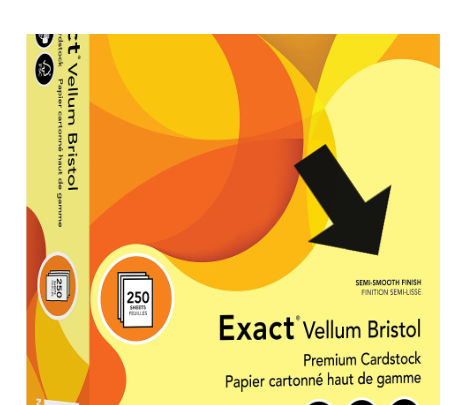Choosing the Right Paper for Your Fountain Pen
- provincialmills
- Aug 1
- 3 min read
Updated: Aug 2
Writing with a fountain pen is a tactile, intentional experience—one that rewards those who get the materials right. While nibs and inks often steal the spotlight, the paper you use plays a crucial role in how your writing looks and feels. The right sheet elevates every stroke; the wrong one turns pleasure into frustration. Here's how to choose the best option for your needs.
1. Choose Fountain Pen-Friendly Paper
Fountain pens lay down more ink than ballpoints or gel pens. Unfortunately, standard office paper often can’t keep up—leading to feathering, bleed-through, and a lackluster visual result.
Look for paper labeled:
“Fountain Pen Friendly”
“Ink-Resistant”
“High-Performance Writing Paper”
Recommended brands include:
Rhodia
Clairefontaine
Tomoe River
These papers are smoother and less porous, helping ink stay atop the page longer. That resistance reduces feathering, enhances shading, and preserves crisp lines—especially with slow-drying inks.
2. Check the Paper Weight
Paper weight, measured in grams per square meter (gsm), affects how well a sheet resists ink bleed-through.
90gsm or higher is the sweet spot for most fountain pens.
Lightweight options like Tomoe River (52–68gsm) defy expectations with impressive ink compatibility despite their thinner feel.
On a budget? Try Xerox Bold Digital Printing Paper—widely available and remarkably fountain pen-friendly.

Heavier paper preserves ink clarity and keeps both sides usable. Lighter stock may feel faster or smoother but isn’t always clean when flipped.
3. Consider Paper Texture
Texture influences how the nib moves across the page and how the ink interacts with the surface.
Smooth paper provides a frictionless writing experience, ideal for most fountain pens.
Textured paper adds visual and tactile charm, though it may require ink and nib pairing finesse.
For a balance of beauty and performance, try G. Lalo Verge de France—a laid paper with subtle texture that still plays nicely with many pens.
4. Try Before You Buy
Even top-rated paper can clash with your specific pen and ink setup. Sampling avoids frustration and gives you confidence in your choice.
Options include:
Pen shows and stationery expos, where vendors offer sample pads or on-site testing
Single pads or notebooks, which let you trial a format before committing to bulk purchases.
We will be hosting a class on October 18, 2025 for beginner fountain pen users. If you want to know more about fountain pens and love in person instruction and demonstration, definitely check out the Colorado Pens Show!
5. Understand Coatings and Finishes
Coatings can alter how ink behaves, especially for sheening or shading inks.
Coated paper resists moisture and feathering but tends to dry slowly, making smudging a real concern.
Uncoated paper absorbs ink quickly, which may mute sheen or obscure fine details
Pay attention to terms like “matte,” “gloss,” “coated,” or “uncoated” in product descriptions—they often hint at performance quirks.

6. Binding and Page Format
The way paper is bound affects usability, especially for journaling or ink reviews.
Choose based on use case:
Stitched bindings lie flat—ideal for writing-intensive journaling
Perforated sheets offer convenience for correspondence or note sharing
Printed guides (dots, lines, grids) support precision in ink tests or clean handwriting
Final Thoughts
Paper may seem like a backdrop to the fountain pen experience, but it’s integral to how ink behaves and how writing feels. Choosing wisely—by understanding weight, texture, coating, and format—turns everyday writing into a craft. Experiment a little, trust your tools, and enjoy the refinement that comes from pairing pen and paper with care.

.png)









Comments